Nickel sulfide ore generally contains copper, so it can also be called copper-nickel sulfide ore. This type of ore is mostly magma-melted copper-nickel ore. When the nickel content is above 3%, it is called rich ore and can be directly smelted. When the nickel content is less than 3%, it needs to be purified by beneficiation method.
At present, the most common method is flotation. But the quality of flotation effect is directly related to the choice of flotation reagent. You will learn about nickel sulfide forth flotation process and flotation reagents below.
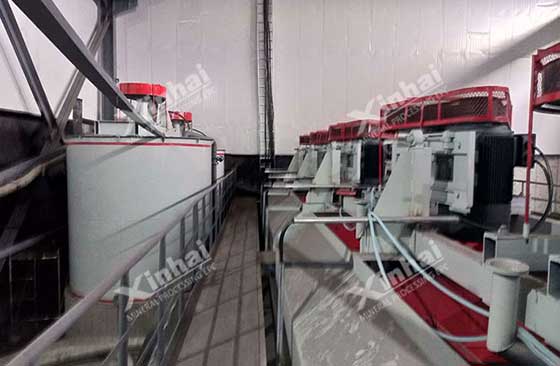
Use the table of contents below to navigate through the guide:
01Flotation process of nickel sulfide ore
According to the different properties of nickel ore, there are 4 flotation methods to choose from, namely: preferential flotation, mixed flotation, flash flotation and electrochemical flotation.
1. Nickel sulfide mixed flotation process
Mixed flotation of nickel sulfide is mostly suitable for treating sulfide ores with low copper content and high nickel content. Sulfide ore and silicate gangue ore are first separated by flotation. During flotation, copper and nickel enter the foam product at the same time to obtain a mixed concentrate of copper and nickel. Copper and nickel can then be separated by direct flotation. It is also possible to obtain low matte-high matte nickel by smelting, and then flotation to separate copper and nickel.
Direct flotation separation of copper and nickel: generally, the mixed copper-nickel concentrate is reground, and then the nickel is inhibited by chemicals, and the copper concentrate is first floated to obtain copper concentrate and nickel concentrate.
Smelting to obtain low matte nickel - high matte nickel: it is to obtain low matte nickel by smelting the mixed copper-nickel concentrate through electric furnace. Low matte is converted into artificial matte ore by converter blowing. The product is subjected to regrinding and flotation to obtain copper concentrate and nickel concentrate.
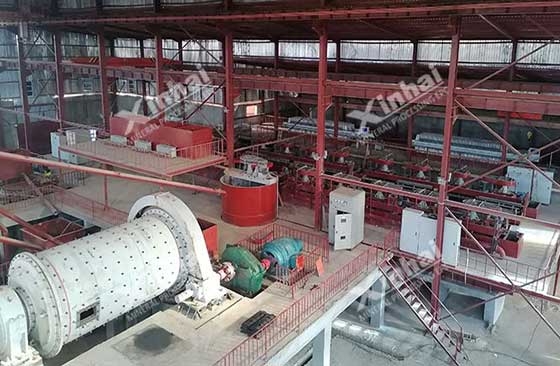
2. Nickel sulfide preferential flotation process
In general, among nickel sulfide ores, chalcopyrite is more buoyant than pyrite, and copper floats faster than nickel. When the mineral symbiosis is simple, the copper grade in the raw ore is high, and the nickel is low, the preferential flotation method is suitable. In the preferential flotation of nickel sulfide ores, copper is generally floated first, and then nickel minerals are floated from the tailings.
Although this method can directly obtain copper concentrate with lower nickel content, the pyrite is easily inhibited and difficult to be activated. The preferential flotation process will affect nickel recovery to some extent.
3. Nickel sulfide flash flotation process
Flash flotation (also known as fast flotation) is a preselection flotation method. In nickel sulfide ore, it is more suitable to deal with some minerals with uneven distribution of particle size and less than ideal flotation efficiency. Before the conventional flotation process, a special flotation machine is used for pre-flotation to float out some useful minerals that have been dissociated from monomers (or meet the strength requirements).
The method can recover useful minerals as early as possible, and can avoid the loss of useful minerals caused by over-grinding.
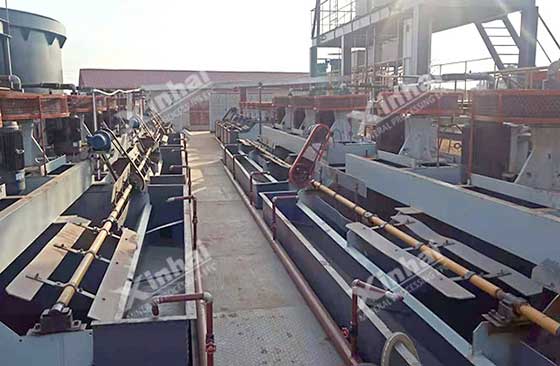
4. Nickel sulfide electrochemical flotation process
Electrochemical flotation is the use of chemicals to control the electrochemical conditions of the pulp to change the floatability of the minerals and to moderately oxidize the surface of the target minerals to make them hydrophobic. Instead of the surface of the target ore being hydrophilic, flotation separation can be achieved.
When dealing with some fine-grained sulfide ores, a number of factors can cause the surface of the mineral to oxidize, reducing the floatability of the mineral. The electrochemical regulation of flotation can improve this problem and improve the recovery rate of minerals.
02Nickel sulfide ore flotation reagent
Nickel sulfide ore flotation reagents mainly include: sulfide mineral collector, pH adjuster, pulp dispersant, silicate mineral inhibitor (magnetic) pyrite inhibitor, nickel mineral inhibitor and foaming agent. Among them, the commonly used nickel sulfide ore collectors and silicate mineral inhibitors are the main ones.
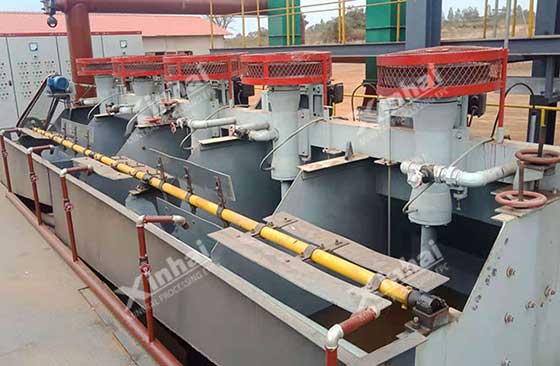
1. Nickel sulfide ore collector
Commonly used collectors for nickel sulfide ore are xanthate, black medicine and thiourethane. Among them, the commonly used xanthate includes ethyl xanthate, butyl xanthate, amyl xanthate, Y89, etc., and the commonly used black medicine is butylammonium black medicine. In addition, there are some new drugs, such as BK series, A series, LP series, LX series and so on.
In the flotation process of nickel sulfide ore, the ideal flotation index cannot be obtained by using a single collector. And mixed medication can learn from each other. For example, the mixed medication method of butyl xanthate + butyl ammonium black medicine + Z200 can give full play to the advantages of different types of collectors, and greatly improve the selectivity of the action of the agent while ensuring the collection performance, thereby improving the floatation of nickel sulfide ore select indicator.
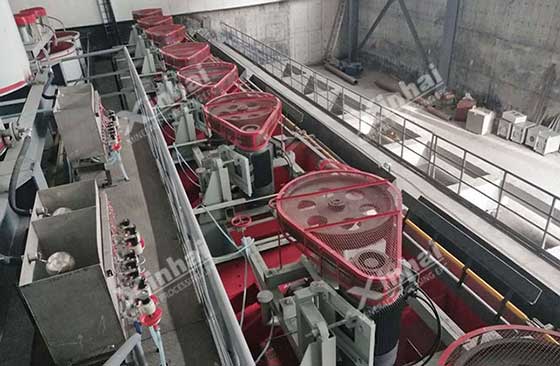
2. Silicate ore inhibitor
Commonly used inhibitors in nickel sulfide flotation include: polymeric phosphates, cellulose, water glass, soybean gum, starch, etc.
Polymeric phosphates: Sodium hexametaphosphate is mostly used to disperse and inhibit silicate minerals by forming hydrophilic complexes with Ca and Mg.
Cellulose: The common one is sodium carboxymethyl cellulose, which has a large molecular weight and a large number of hydrophilic groups such as -OH and -COOH in its molecular structure, which has a strong inhibitory ability on silicate minerals.
Water glass: It is made of quartz and sodium carbonate heated and melted into a water glass sintered block. When dissolved in water, it will form a paste-like colloid, which is a commonly used inhibitor of silicates.
Soybean gums: locust bean gum, guar gum and their modified products have strong inhibitory ability.
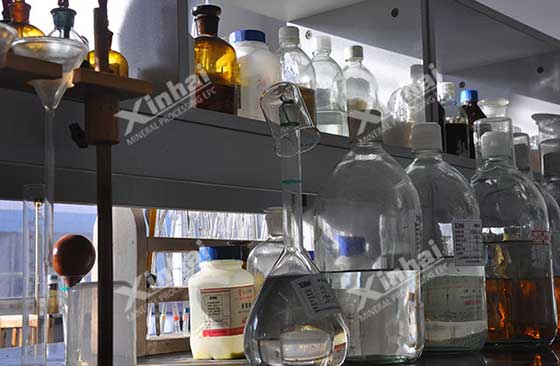
The above are the commonly used forth flotation process and types of flotation reagents for nickel sulfide ore beneficiation. In the actual concentrator, it is necessary to determine the appropriate flotation process and reagents. Therefore, it is recommended to design a reasonable nickel sulfide flotation process and customize suitable flotation reagents to efficiently recover copper and nickel ore through the analysis of the beneficiation test.


 marketing@ytxinhai.com
marketing@ytxinhai.com  0086 13810327080
0086 13810327080 






































































































 CHAT
CHAT MESSAGE
MESSAGE








